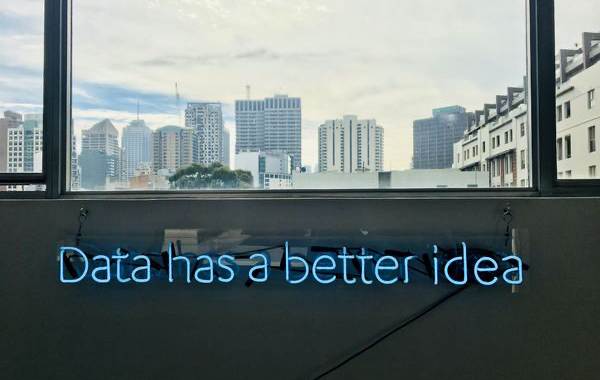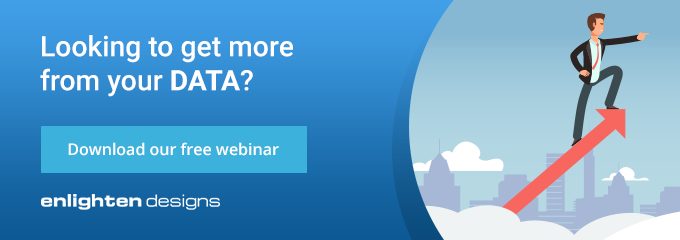The State of Data Today
It's hard to truly appreciate how much information is out there. There are at least 2.7 zettabytes of data in our digital universe, and that number is growing exponentially. For every minute that passes:
- 149,513 emails are sent.
- 3.3 million Facebook posts are created.
- 65,972 photos are uploaded to Instagram.
- People post 448,800 tweets.
Those statistics are astonishing; they hammer home the enormous amount of data humans create within the span of a mere minute. That’s why it’s never been a better time to be a marketer; you have so many facts at your disposal with which to wow your audience.
Yet, that same advantage can pose problems. You can’t just throw information at people. You have to make sense of it so that they care about it. For example, just telling someone there are 2.7 zettabytes of data in our digital universe isn’t more than a conversation starter. When you include the facts about social media and email usage, a picture begins to form in your audience’s mind about how much information there really is.
What Is Data Storytelling?
Data storytelling is a way to make sense of information that keeps your audience paying attention. It allows you to explain why all of those numbers matter. Moreover, it’s a crucial part of data analysis.
There are many people out there, some of whom hold advanced degrees, who can tell you that X correlates to Y, but they can’t tell you why that’s important or what you should do with that knowledge. Data storytelling is the final step in analysing your information; it gives your audience deeper insight into your data and inspires them to take the right action.
How Can You Start Incorporating Data Storytelling into Your Marketing?
Where do you start with data storytelling? The answer lies in data visualisations.
Data visualisations allows your audience to form a mental picture based on the information you’ve given them. Let’s say you present data in two ways. The first way is a chart, with just numbers and words, while the second is a colour-coded bar graph. Which do you think will make a bigger impression?
If you answered ‘bar graph,’ you’d be correct. The reason lies in human biology. Almost half of the human brain is involved in visual processing, and humans recall 80 percent of what they see and do. So, data visualisations can be very powerful tools for marketers trying to share information.

Using Data Visualisations Effectively
"People are really proud of the data they have," said Verne Roberts, delivery team lead at Enlighten Designs. "They spend a lot of time collecting data, and they get wound up into it."
When they create their first dashboard, they include everything they’ve got, which Roberts described as an ‘ineffective’ method. "[The audience] doesn’t care about the information as much as the person who built that thing," he noted.
Roberts admitted that one of the most difficult skills he had to learn with data visualisation was to simplify things as much as possible. To you, your data is precious, and you want to share it with the world. However, Roberts added:
"Some of the most effective reports and infographics… that we’ve built have been just a simple, bold chart that tells a story. If you want people to react to it, it’s got to be simple."
One of Enlighten’s projects involved training journalists on how to utilise data storytelling and data visualisations in their reporting. Roberts realised the data storytelling mindset – simplifying your information so that you tell a compelling story – is crucial for organisations as well. He commented:
"It’s about getting that data to be easier, more valuable to the consumer of it so they understand it, make decisions, or react to what they’re seeing. We realised those same data visualisation skills were relevant to organisations."
How do Roberts and the Enlighten team distill data to its essence for data visualisations? Roberts answered, "One of my leading questions is, “Why do you think you need this?” A dashboard has to have an impact. If you start from the impact and the decisions, and then work backward, you can work out what information you need to show to get people to make that decision."
Roberts believes the ultimate goal of data is to be in the background, available when users need it to make decisions. He concluded:
"As soon as a human needs to make a decision or react to something, it’s just obvious… I don’t want people having to look at huge screens with KPIs everywhere – things should rise up to your attention in a simple, elegant, but also beautiful way."
Enlighten: Helping You Master Data Storytelling
Since 1998, Enlighten has helped clients tell compelling stories with their data. Looking to get more from your data? Download our free webinar today.

